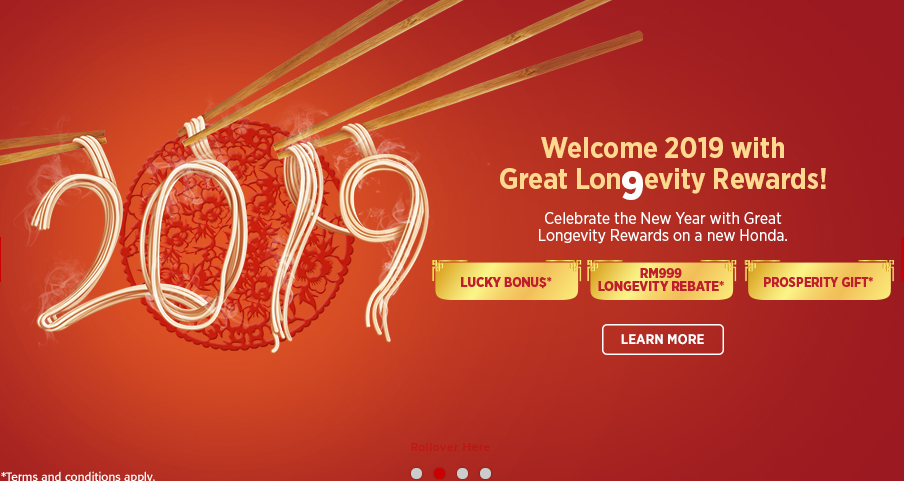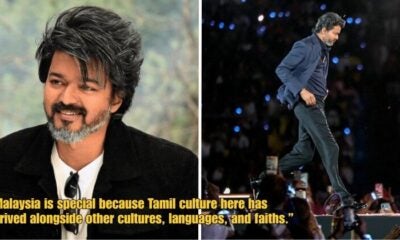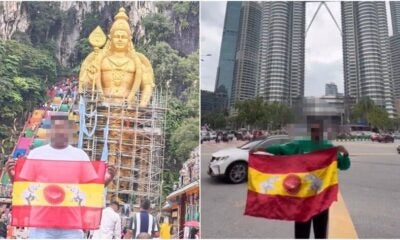Take a drive out of your house and you’ll probably see red lanterns hanging from the streetlights and makeshift stalls selling Bak Kwa by the roadside; all of which can only mean one thing: CHINESE NEW YEAR IS HERE!
With that said, it would only be fitting to talk about some common Chinese traditions that we Malaysians are very familiar with BUT probably had no clue originated from Malaysia, not China, or Singapore. Well, without further ado, here are some of the common Chinese customs and foods that were proudly made in Malaysia:
1. Lions dancing on poles
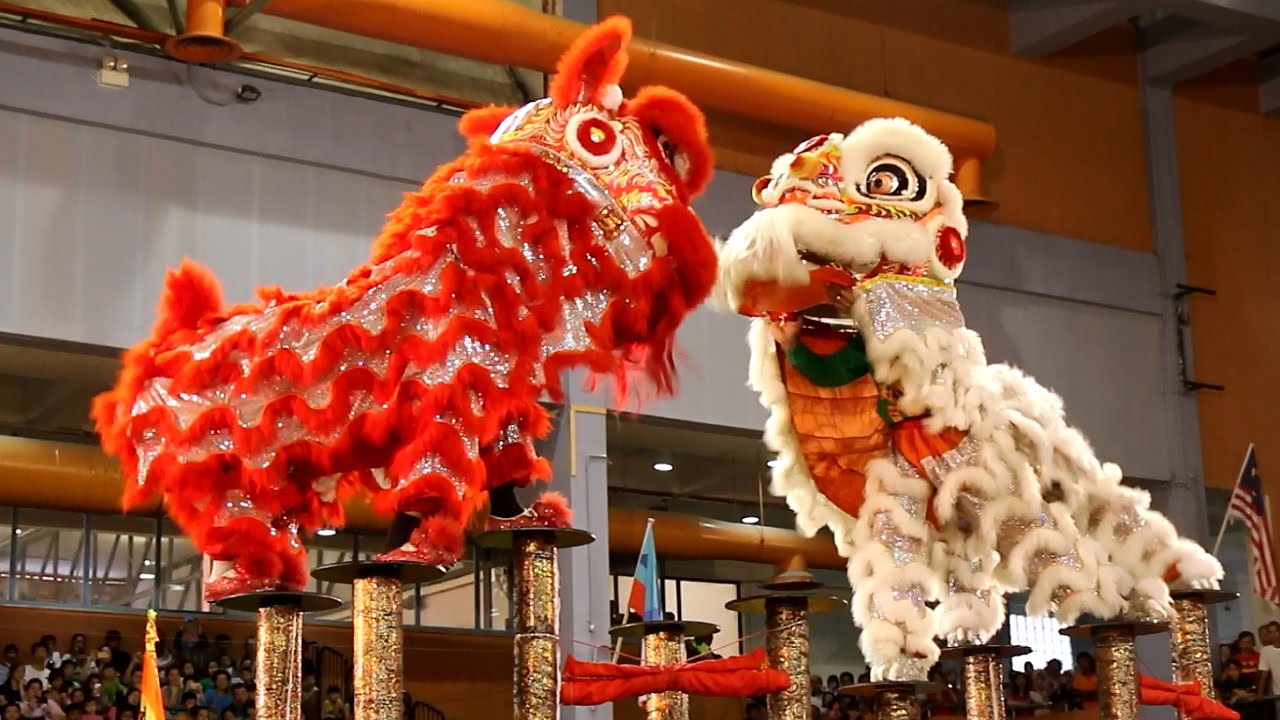
Source: Youtube
We’re all obviously familiar with the lion dance performances that happen every Lunar New Year or when a new shop opens, right? It’s one way to chase away evil spirits and usher in prosperity as well as the new year. And while lion dances are popular in China, they were never known for dancing on or jumping off poles as they do in Malaysia.
In fact, this routine only started around 1983 when competitive Lion Dancing became a thing here. In order to make the performances even more exciting, a Lion Dance troupe known as Hing Tung Lok lion dance association decided to add poles to their performances that were just 33 inches high. Evidently, this exciting albeit slightly dangerous routine caught on and today, some Lion Dance troupes have even performed on 20-metre high poles! We’re not even kidding. Check it out for yourself here.
2. Our herbalicious Bak Kut Teh dish
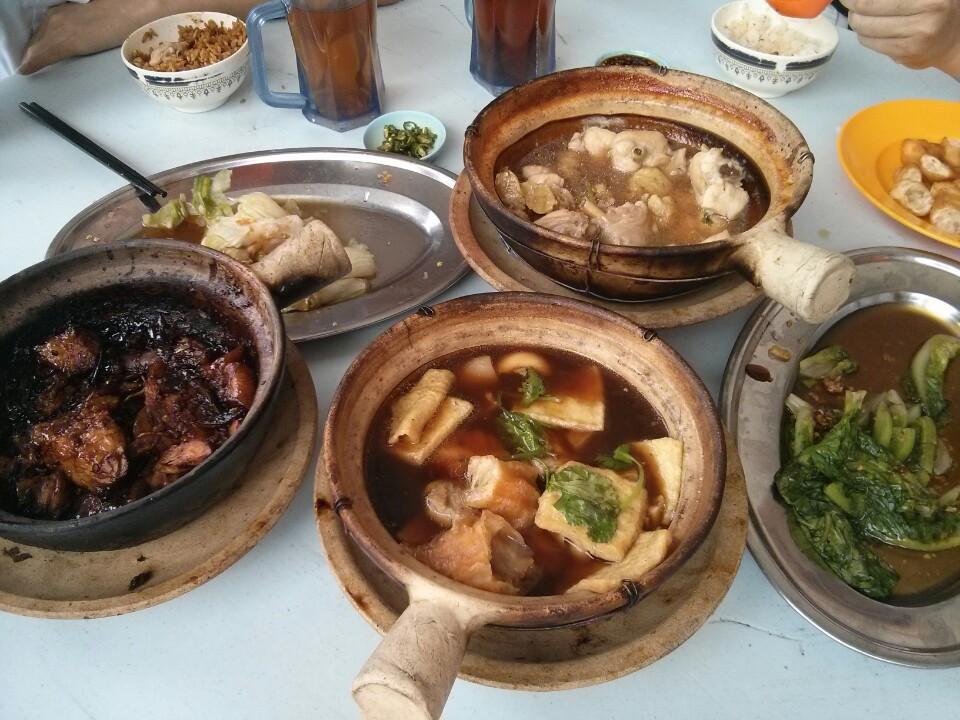
Source: Food Advisor
While we do use a lot of “Chinese” herbs and ingredients to create the Bak Kut Teh broth, this delicious dish is actually of Malaysian origin!
Believe it or not, Bak Kut Teh actually started off as a diet therapy food. According to Star2, it all started in the 19th century when Chinese immigrants began moving to Malaya and working at ports as manual workers, carrying heavy loads barefoot. Because of the strenuous lifestyle, many were afflicted with ailments such as arthritis and rheumatism. In order to strengthen their bodies and immune systems, they resorted to making nourishing broths with pig knuckles and bones as well as herbs brought over from China. This led to a dish full of collagen to improve bone and joint health known today as ‘Bak Kut Teh‘. In fact, the term “Bak Kut” refers to the bony bits of the animal.
No wonder Klang (of all places) is known for Bak Kut Teh, it started near the ports! Just make sure you have a car to get there because Klang is faaar!
3. The Chinese god that came from Seremban
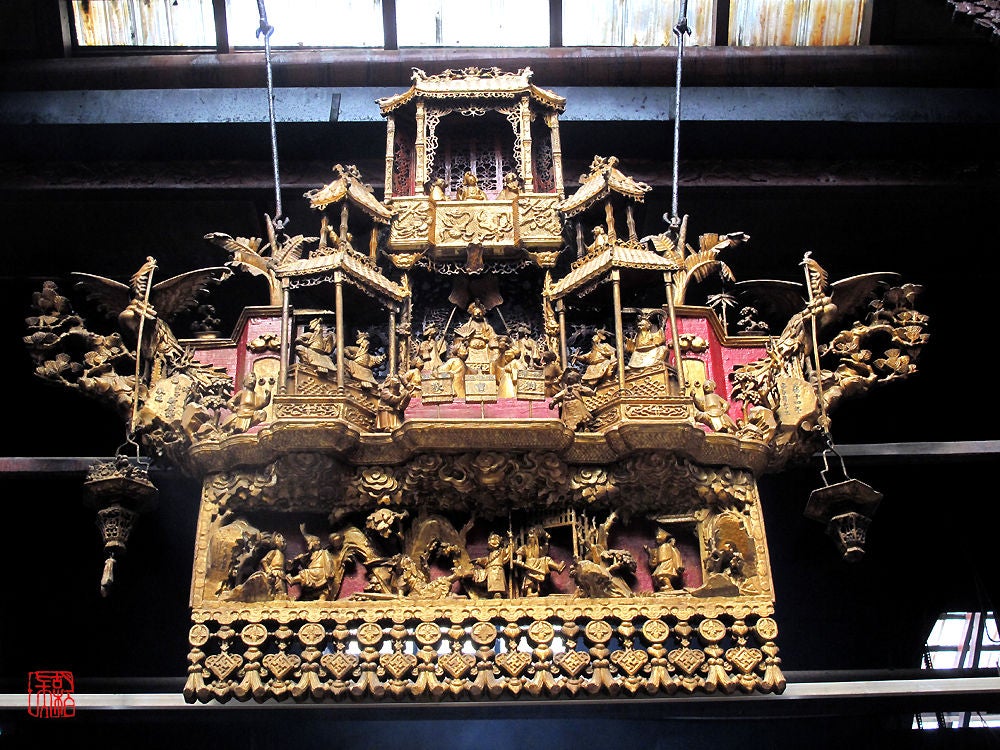
Source: Mir
Commonly known as Xian Shiye, this Chinese god emerged after the brutal death of Sheng Ming Li. Sheng, a Hakka from Huizhou, was said to have migrated to Melaka in 1851 where he soon became the Chinese captain of his community because of his successes and how he flourished in his businesses. When he was sent to Sungai Ujong (a.k.a. Seremban) to build an enterprise from mining, Sheng quickly built a reputation where many found him to be a person of upright moral character who was exceptionally brave as well. It was here that Sheng met Yap Ah Loy (who, as we all know, was one of the founding fathers of modern-day KL).
However, intense competition for mining rights often led to large disputes where groups would fight each other until the end. During one of the conflicts in 1860, Sheng was separated from his group and subsequently killed by people from opposing groups. His death, however, was seen as a noble act and it was stated that all future battles fought and won by Yap Ah Loy were because of the guidance from Sheng. Since then, the late Sheng was known as Xian Shiye and a temple was built in his honour. It’s still there to this day at Jalan Tun H. S. Lee, KL.
4. The other Chinese god that basically existed from the coming together of Chinese and Malay beliefs
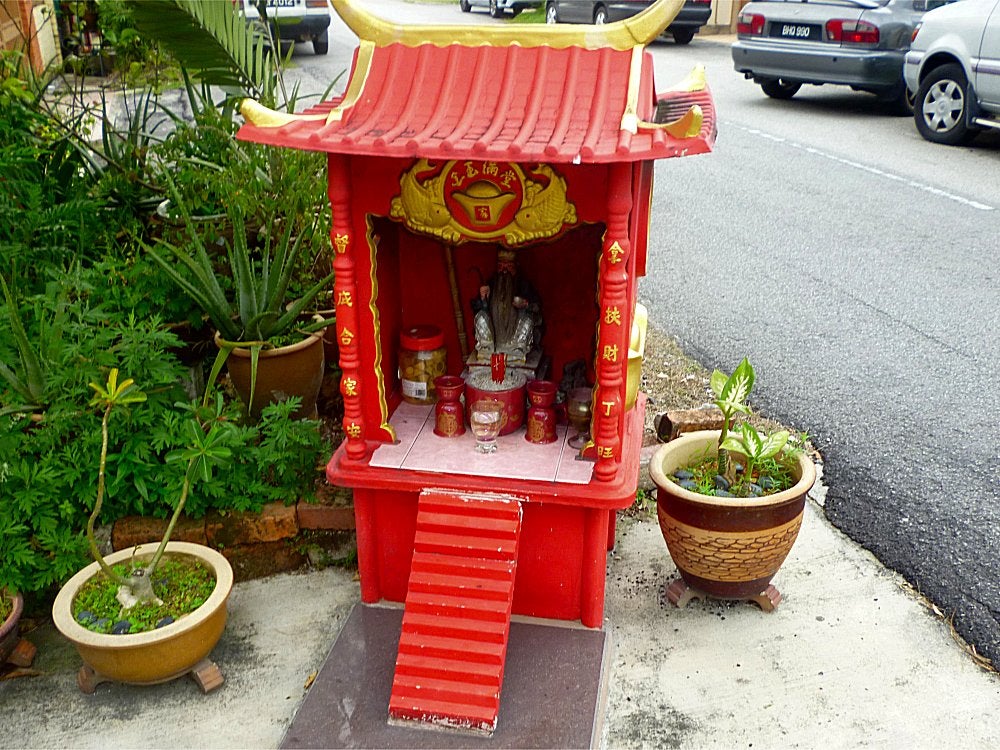
Source: Fair Fun
We’re 110% sure you’ve seen shrines like this outdoors before, but we bet you didn’t know this Chinese god actually originates from Malaysia!
Commonly known as ‘Datuk Gong’ or ‘Na Tuk Kong’ in Chinese, this Taoist deity actually only began existing here. It all started when the Chinese brought along their Confucianist beliefs of ancestor worship with them to Malaya in the 19th century in order to ask for protection in a foreign land. During this time, the Malays also practised paying their respects to guardian spirits or penunggu (whom they would refer to as ‘Datuk’). In fact, these ‘Datuks’ were once living, breathing human beings respected by many and contributed a lot to the community.
Long story short, the beliefs of the Chinese and Malays ended up merging and this is how Datuk Gong came into existence. And yes, Datuk Gong is said to be a Malay deity who resides in trees, caves, riverbanks and so forth. This is why you often see those red shrines outdoors and under trees.
5. The Chinese New Year must-have: Yee Sang
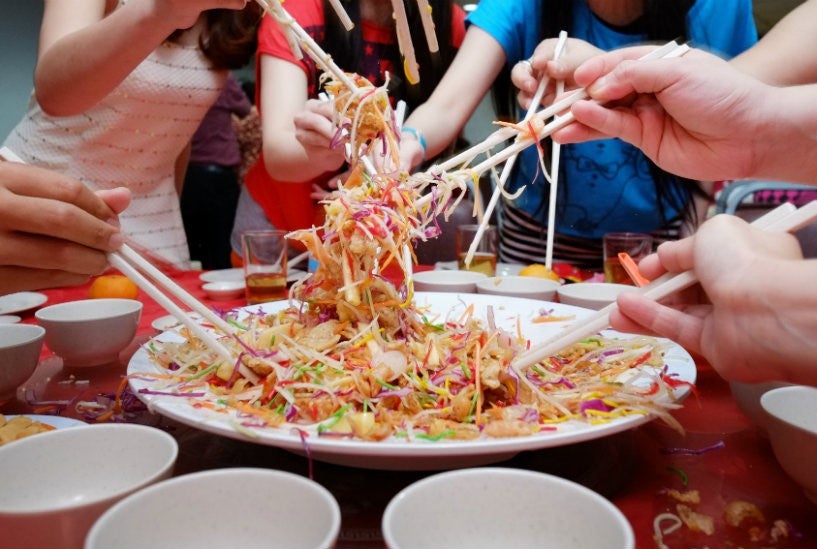
Source: HoneyCombers
Whether you call it Lou Sang or Yee Sang, this ‘Prosperity Toss‘ that only makes an appearance during the Lunar New Year is usually served with shredded vegetables, nuts, fresh fish and sweet sauces and actually has no connection whatsoever to our ancestors in China. In fact, people from China, Hong Kong, and even Taiwan will probably have no idea what you’re referring to if you mention “Yee Sang” to them.
Although eating thinly sliced raw fish was a common practice in China known as Yu Sheng and was continued here when Chinese immigrants moved to Malaya, Yee Sang is actually purely a Malaysian invention. According to a book titled A Toss of Yee Sang, this popular dish was said to have started in the 1940s when a man by the name of Loke Ching Fatt from Seremban made his own version of the Yu Sheng which ended up becoming our modern day Yee Sang!
Fun fact: When the Yee Sang was first created by Loke, it was said to have 30 ingredients in it.

Today, the Yee Sang has approximately seven to eight ingredients with each ingredient representing something different. For example, the shredded carrots represent good luck approaching while the dashes of pepper are meant to attract wealth and treasures.
Sounds pretty apt especially since CNY is meant for ushering in good luck and prosperity. After all, who wouldn’t want to attract wealth and treasures, ammirite? Bring on the ang paos!
Speaking of which, this CNY, besides doing the usual Lou Sang and hoping for extra ang paos from the relatives in order to “attract wealth and treasures”, you can take this opportunity to get yourself a brand new car too! Because everyone knows the best discounts happen during festive seasons!
Seriously though, if you happen to be looking for a new car this CNY, you should consider getting a Honda! You’ll not only be receiving discounts, prosperity gifts and Longevity Rebates but FREE cash vouchers, ang paos, official merch and more too! Talk about attracting wealth and treasures! Also, imagine being able to drive yourself to Klang every weekend for Bak Kut Teh!
What’s more, you’ll be getting a Longevity Rebate of RM999 when you get either one (or two) of the brand new Honda Type R, Accord, BR-V, Jazz, City and so forth this CNY!
How amazing does that sound?! You can own a brand new car and get plenty of rebates and free stuff in return. Additionally, imagine pulling up to your relative’s home in that fresh new ride. Woohoo, ong lai! So don’t miss out on this prosperous promo, okay! Vehicles must be registered by 28 February 2019 to enjoy these Great Longevity Rewards.
Find out more about Honda and how else you can attract wealth and treasures this CNY here!

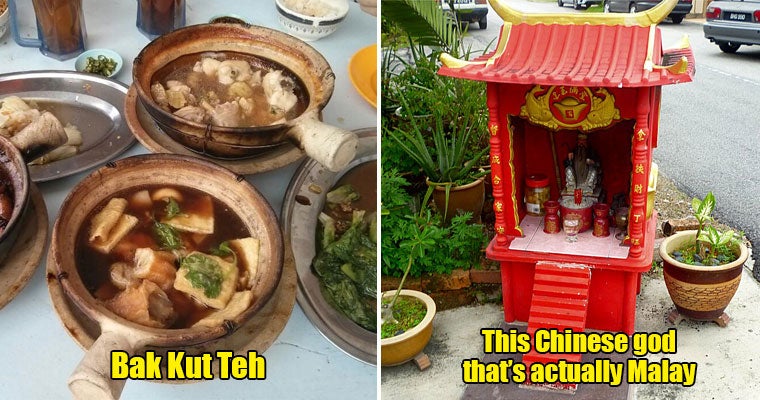
![[TEST] 5 Chinese Traditions You Probably Didn't Know Originated From Malaysia - WORLD OF BUZZ](https://worldofbuzz.com/wp-content/uploads/2019/01/test-5-chinese-traditions-you-probably-didnt-know-originated-from-malaysia-world-of-buzz.jpg)
